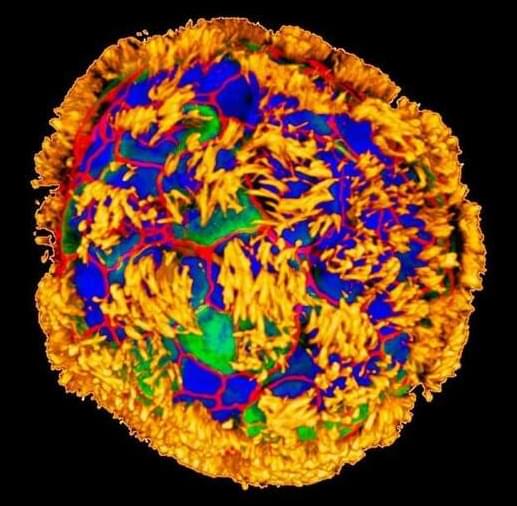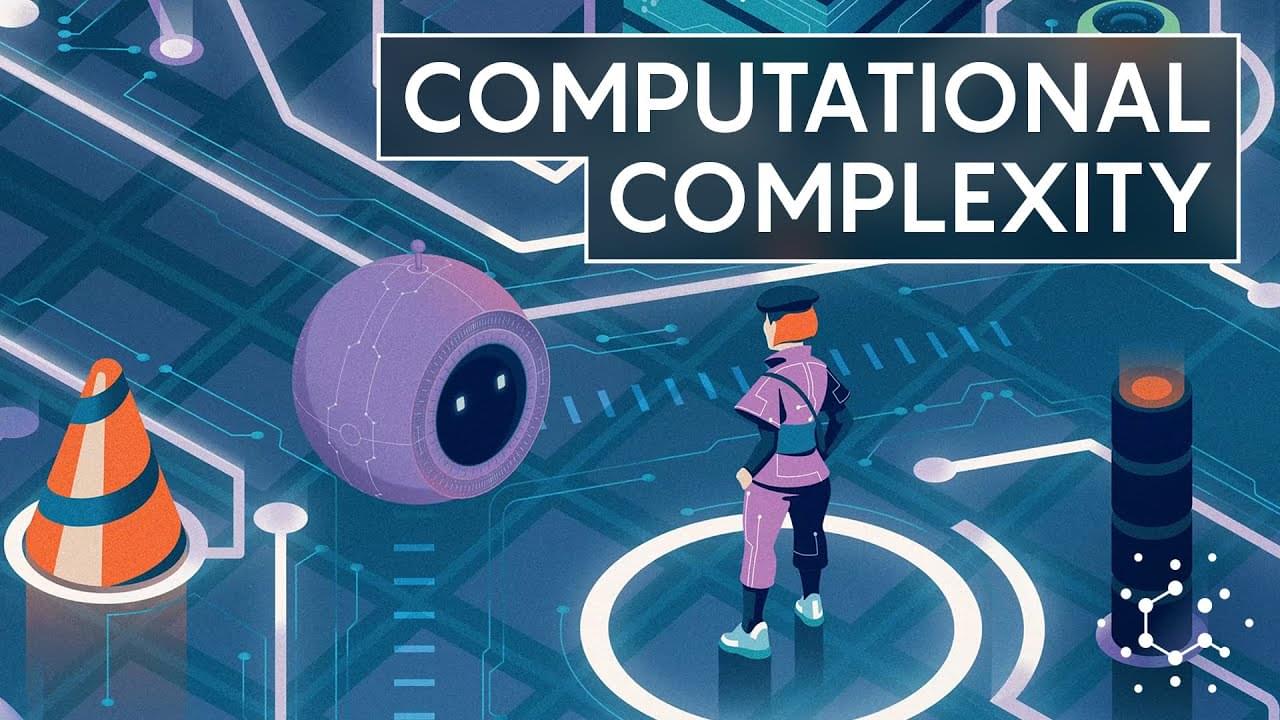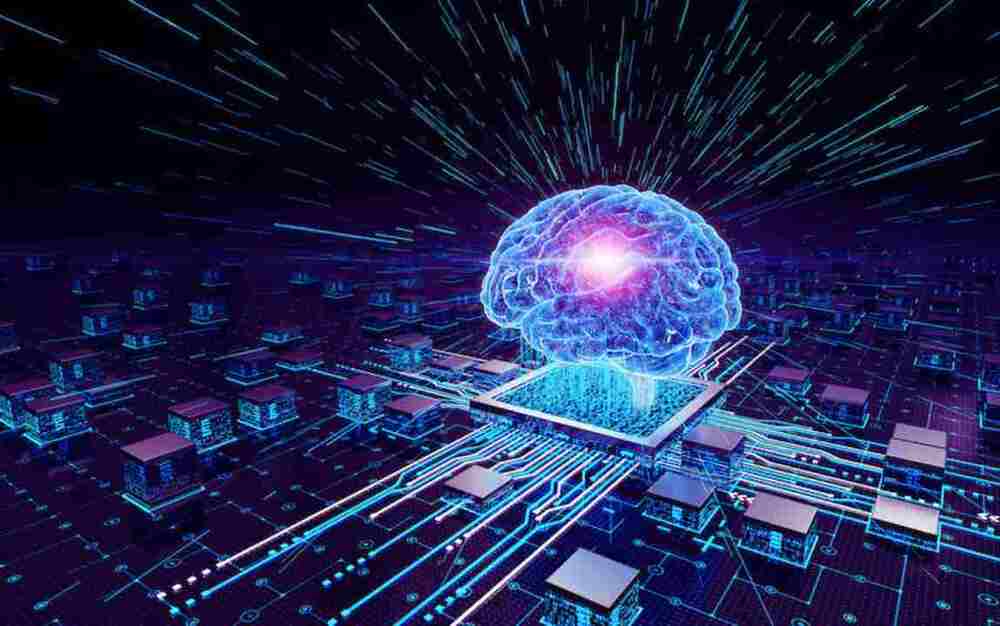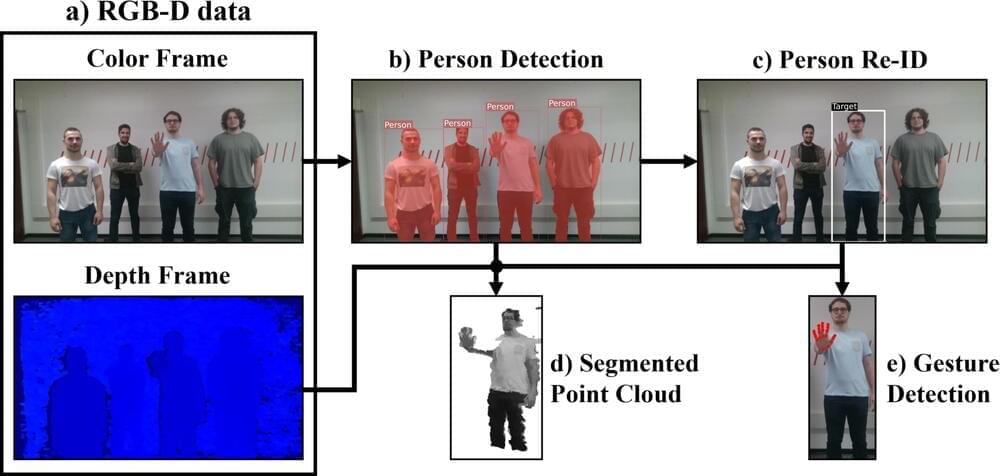Dec 19, 2023
The Impact of Sugar & Processed Foods on Health with Dr. Robert Lustig
Posted by Chris Smedley in categories: biotech/medical, government, health, information science, robotics/AI
In this episode, my guest is Dr. Robert Lustig, M.D., neuroendocrinologist, professor of pediatrics at the University of California, San Francisco (UCSF), and a bestselling author on nutrition and metabolic health. We address the “calories in-calories out” (CICO) model of metabolism and weight regulation and how specific macronutrients (protein, fat, carbohydrates), fiber and sugar can modify the CICO equation. We cover how different types of sugars, specifically fructose, sugars found in liquid form, taste intensity, and other factors impact insulin levels, liver, kidney, and metabolic health. We also explore how fructose in non-fruit sources can be addictive (acting similarly to drugs of abuse) and how sugar alters brain circuits related to food cravings and satisfaction. We discuss the role of sugar in childhood and adult obesity, gut health and disease and mental health. We also discuss how the food industry uses refined sugars to create pseudo foods and what these do to the brain and body. This episode is replete with actionable information about sugar and metabolism, weight control, brain health and body composition. It ought to be of interest to anyone seeking to understand how specific food choices impact the immediate and long-term health of the brain and body. For the show notes, including referenced articles and additional resources, please visit https://www.hubermanlab.com/episode/dr-robert-lustig-how-sug…our-health Thank you to our sponsors AG1: https://drinkag1.com/huberman Eight Sleep: https://eightsleep.com/huberman Levels: https://levels.link/huberman AeroPress: https://aeropress.com/huberman LMNT: https://drinklmnt.com/huberman Momentous: https://livemomentous.com/huberman Huberman Lab Social & Website Instagram: https://www.instagram.com/hubermanlab Twitter: https://twitter.com/hubermanlab Facebook: https://www.facebook.com/hubermanlab TikTok: https://www.tiktok.com/@hubermanlab LinkedIn: https://www.linkedin.com/in/andrew-huberman Website: https://www.hubermanlab.com Newsletter: https://www.hubermanlab.com/newsletter Dr. Robert Lustig Website: https://robertlustig.com Books: https://robertlustig.com/books Publications: https://robertlustig.com/publications Blog: https://robertlustig.com/blog UCSF academic profile: https://profiles.ucsf.edu/robert.lustig Metabolical (book): https://amzn.to/48mNhOE SugarScience: http://sugarscience.ucsf.edu X: https://twitter.com/RobertLustigMD Facebook: https://www.facebook.com/DrRobertLustig LinkedIn: https://www.linkedin.com/in/robert-lustig-8904245 Instagram: https://www.instagram.com/robertlustigmd Threads: https://www.threads.net/@robertlustigmd Timestamps 00:00:00 Dr. Robert Lustig 00:02:02 Sponsors: Eight Sleep, Levels & AeroPress 00:06:41 Calories, Fiber 00:12:15 Calories, Protein & Fat, Trans Fats 00:18:23 Carbohydrate Calories, Glucose vs. Fructose, Fruit, Processed Foods 00:26:43 Fructose, Mitochondria & Metabolic Health 00:31:54 Trans Fats; Food Industry & Language 00:35:33 Sponsor: AG1 00:37:04 Glucose, Insulin, Muscle 00:42:31 Insulin & Cell Growth vs. Burn; Oxygen & Cell Growth, Cancer 00:51:14 Glucose vs. Fructose, Uric Acid; “Leaky Gut” & Inflammation 01:00:51 Supporting the Gut Microbiome, Fasting 01:04:13 Highly Processed Foods, Sugars; “Price Elasticity” & Food Industry 01:10:28 Sponsor: LMNT 01:11:51 Processed Foods & Added Sugars 01:14:19 Sugars, High-Fructose Corn Syrup 01:18:16 Food Industry & Added Sugar, Personal Responsibility, Public Health 01:30:04 Obesity, Diabetes, “Hidden” Sugars 01:34:57 Diet, Insulin & Sugars 01:38:20 Tools: NOVA Food Classification; Perfact Recommendations 01:43:46 Meat & Metabolic Health, Eggs, Fish 01:46:44 Sources of Omega-3s; Vitamin C & Vitamin D 01:52:37 Tool: Reduce Inflammation; Sugars, Cortisol & Stress 01:59:12 Food Industry, Big Pharma & Government; Statins 02:06:55 Public Health Shifts, Rebellion, Sugar Tax, Hidden Sugars 02:12:58 Real Food Movement, Public School Lunches & Processed Foods 02:18:25 3 Fat Types & Metabolic Health; Sugar, Alcohol & Stress 02:26:40 Artificial & Non-Caloric Sweeteners, Insulin & Weight Gain 02:34:32 Re-Engineering Ultra-Processed Food 02:38:45 Sugar & Addiction, Caffeine 02:45:18 GLP-1, Semaglutide (Ozempic, Wegovy, Tirzepatide), Risks; Big Pharma 02:57:39 Obesity & Sugar Addiction; Brain Re-Mapping, Insulin & Leptin Resistance 03:03:31 Fructose & Addiction, Personal Responsibility & Tobacco 03:07:27 Food Choices: Fruit, Rice, Tomato Sauce, Bread, Meats, Fermented Foods 03:12:54 Intermittent Fasting, Diet Soda, Food Combinations, Fiber, Food Labels 03:19:14 Improving Health, Advocacy, School Lunches, Hidden Sugars 03:26:55 Zero-Cost Support, Spotify & Apple Reviews, YouTube Feedback, Sponsors, Momentous, Social Media, Neural Network Newsletter #HubermanLab #Science #Nutrition Title Card Photo Credit: Mike Blabac — https://www.blabacphoto.com Disclaimer: https://hubermanlab.com/disclaimer

















